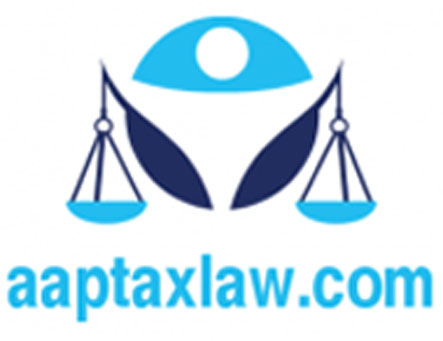

2. (1) In this Adhiniyam, unless the context otherwise requires,-
(a) "Court" includes all Judges and Magistrates, and all persons, except arbitrators, legally authorised to take evidence;
(b) "conclusive proof" means when one fact is declared by this Adhiniyam to be conclusive proof of another, the Court shall, on proof of the one fact, regard the other as proved, and shall not allow evidence to be given for the purpose of disproving it;
(c) "disproved" in relation to a fact, means when, after considering the matters before it, the Court either believes that it does not exist, or considers its non-existence so probable that a prudent man ought, under the circumstances of the particular case, to act upon the supposition that it does not exist;
(d) "document" means any matter expressed or described or otherwise recorded upon any substance by means of letters, figures or marks or any other means or by more than one of those means, intended to be used, or which may be used, for the purpose of recording that matter and includes electronic and digital records.
Illustrations.
(i) A writing is a document.
(ii) Words printed, lithographed or photographed are documents.
(iii) A map or plan is a document.
(iv) An inscription on a metal plate or stone is a document.
(v) A caricature is a document.
(vi) An electronic record on emails, server logs, documents on computers, laptop or smartphone, messages, websites, locational evidence and voice mail messages stored on digital devices are documents;
(e) "evidence" means and includes-
(i) all statements including statements given electronically which the Court permits or requires to be made before it by witnesses in relation to matters of fact under inquiry and such statements are called oral evidence;
(ii) all documents including electronic or digital records produced for the inspection of the Court and such documents are called documentary evidence;
(f) "fact" means and includes-
(i) any thing, state of things, or relation of things, capable of being perceived by the senses;
(ii) any mental condition of which any person is conscious.
Illustrations.
(i) That there are certain objects arranged in a certain order in a certain
place, is a fact.
(ii) That a person heard or saw something, is a fact.
(iii) That a person said certain words, is a fact.
(iv) That a person holds a certain opinion, has a certain intention, acts in good faith, or fraudulently, or uses a particular word in a particular sense, or is or was at a specified time conscious of a particular sensation, is a fact;
(g) "facts in issue" means and includes any fact from which, either by
itself or
in connection with other facts, the existence, non-existence, nature or
extent of any right, liability or disability, asserted or denied in any suit
or proceeding, necessarily follows.
Explanation.-Whenever, under the provisions of the law for the time being in force relating to civil procedure, any Court records an issue of fact, the fact to be asserted or denied in the answer to such issue is a fact in issue.
Illustrations.
A is accused of the murder of B. At his trial, the following facts may be in
issue:-
(i) That A caused B's death.
(ii) That A intended to cause B's death.
(iii) That A had received grave and sudden provocation from B.
(iv) That A, at the time of doing the act which caused B's death, was, by reason of unsoundness of mind, incapable of knowing its nature;
(h) "may presume".-Whenever it is provided by this Adhiniyam that the Court may presume a fact, it may either regard such fact as proved, unless and until it is disproved or may call for proof of it;
(i) "not proved".-A fact is said to be not proved when it is neither proved nor disproved;
(j) "proved".-A fact is said to be proved when, after considering the matters before it, the Court either believes it to exist, or considers its existence so probable that a prudent man ought, under the circumstances of the particular case, to act upon the supposition that it exists;
(k) "relevant".-A fact is said to be relevant to another when it is connected with the other in any of the ways referred to in the provisions of this Adhiniyam relating to the relevancy of facts;
(l) "shall presume".-Whenever it is directed by this Adhiniyam that the
Court shall presume a fact, it shall regard such fact as proved, unless and
until it is
disproved.
(2) Words and expressions used herein and not defined but defined in the Information Technology Act, 2000, the Bharatiya Nagarik Suraksha Sanhita, 2023 and the Bharatiya Nyaya Sanhita, 2023 shall have the same meanings as assigned to them in the said Act and Sanhitas.
Bharatiya Sakshya Adhiniyam, 2023
Section 1 Short title, application and commencement
Section 3 Evidence may be given of facts in issue and relevant facts
Section 4 Relevancy of facts forming part of same transaction
Section 5 Facts which are occasion, cause or effect of facts in issue or relevant facts
Section 6 Motive, preparation and previous or subsequent conduct
Section 7 Facts necessary to explain or introduce fact in issue or relevant facts
Section 8 Things said or done by conspirator in reference to common design
Section 9 When facts not otherwise relevant become relevant
Section 10 Facts tending to enable Court to determine amount are relevant in suits for damages